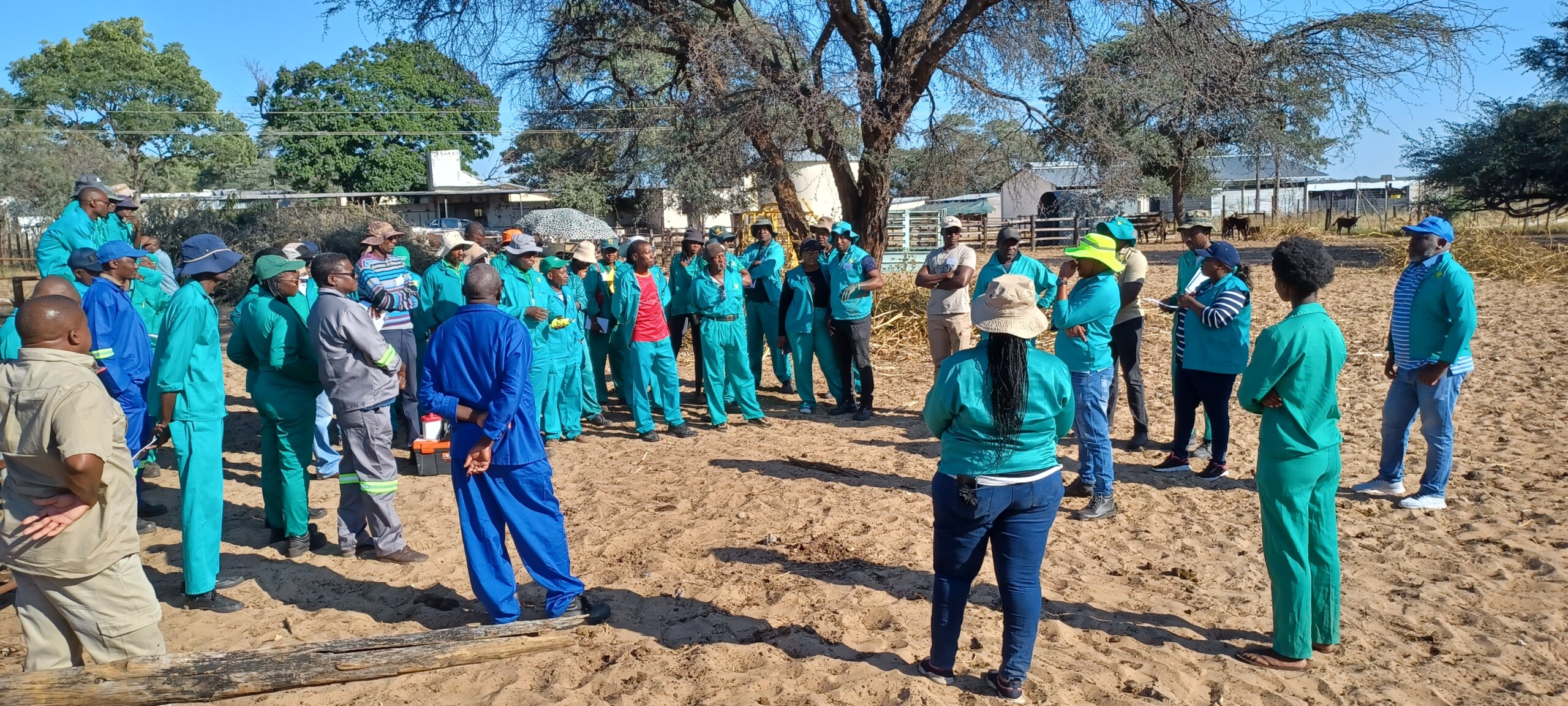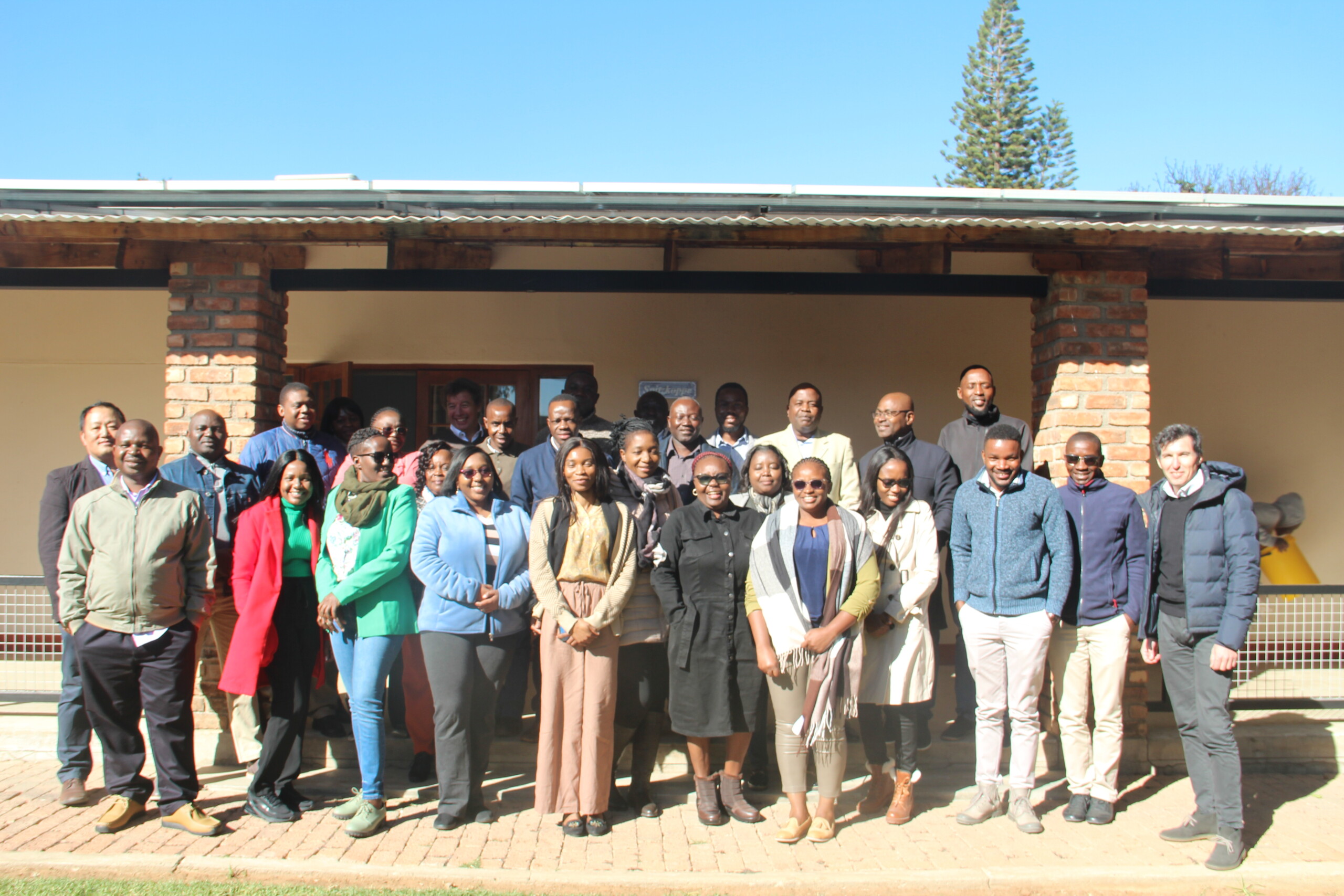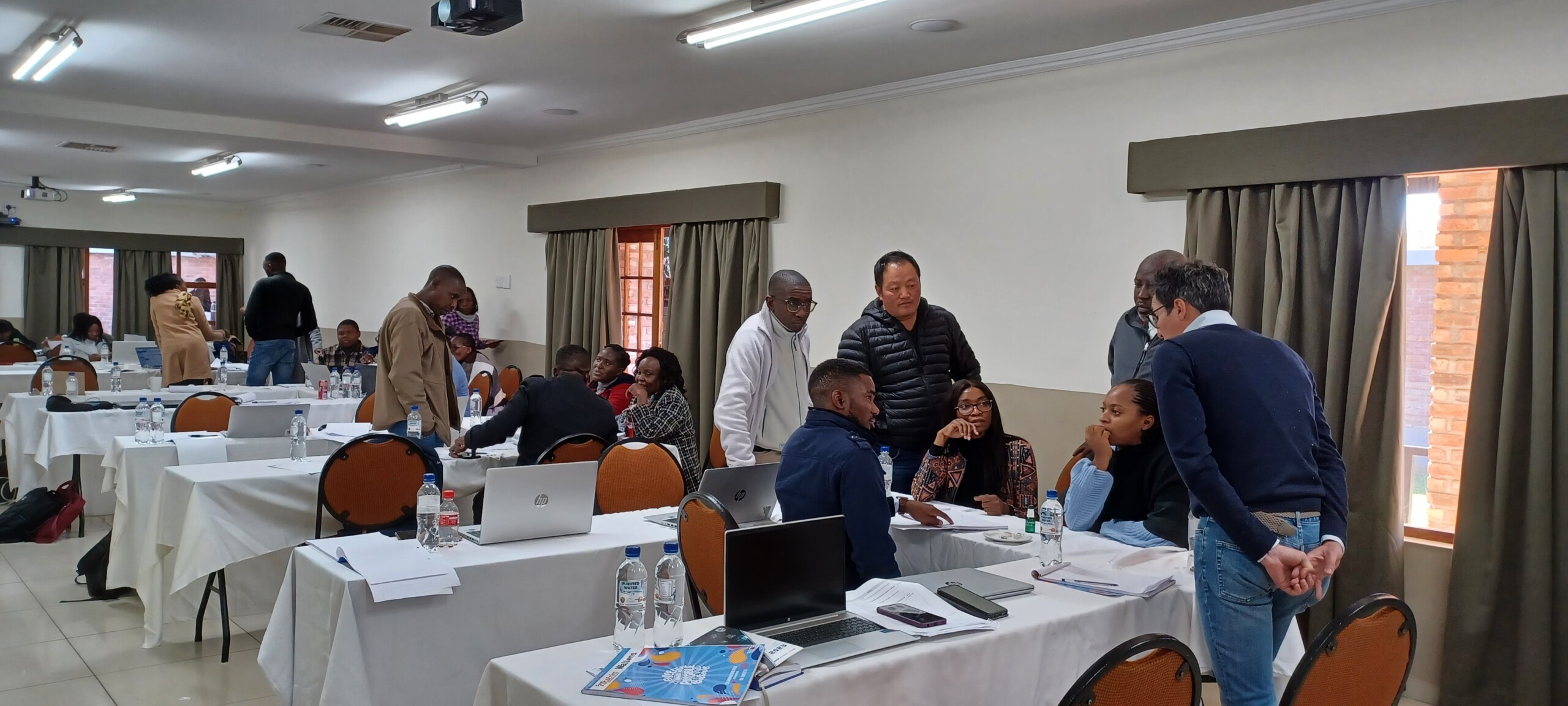
The Directorate of Veterinary Services of Namibia recognises the vital role of capacity building for veterinarians in conducting risk analysis and interpreting results, specifically pertaining to the importation of live animals and animal products from other countries. Additionally, evaluating the risk associated with the movement of livestock and animal products within the country, including between the Protection zone in the Northern Communal Areas and the Free Zones, and within the Protection Zone, is identified as a pivotal component of disease prevention and control efforts.
The overarching objective of this training initiative was to enhance the skills and capabilities of Namibian veterinarians, with a specific focus on conducting import/export risk analysis and risk assessment. The training aimed to empower veterinarians to effectively address transboundary animal diseases, such as Foot-and-mouth disease (FMD), Peste des petits ruminants (PPR), Contagious bovine pleuro-pneumonia (CBPP) and others, contributing to a more robust and proactive approach to disease prevention and control in Namibia.
As part of this initiative, a training session on animal disease import risk analysis was organised in Otijiwarango, Namibia, from July 10 to 14, 2023. The training, attended by 27 veterinary staff members of the Directorate of Veterinary Services, was facilitated by EuFMD and WOAH experts and funded by BMZ OHRT Project (Germany).
The training programme covered a wide range of topics, combining lectures and practical exercises. It included fundamental concepts of risk and risk analysis, explored risk assessment history and international regulatory aspects, and involved a case study on identifying risk assessment steps in the context of animal health claims. The training also addressed key aspects of import risk assessment (IRA), covering problem formulation, disease introduction and spread assessment, and consequences evaluation. Practical applications involved the use of the Microsoft Excel-based software, ModelRisk, for quantitative data analysis. Additional topics covered variability, uncertainty, simulation models for pathogen spread risk assessment, and risk management and communication. A specific case study focused on risk communication and management, and participants were introduced to Virtual Learning Centres (VLC) and training courses on FAST Diseases (FMD and similar TADs).
Case studies and group work were integral components of the training, aiming to provide practical insights into the theoretical aspects of risk analysis tools. The participants were organised into five groups, each assigned to work on specific disease risk scenarios. These case scenarios developed based on the interest and needs of the Directorate of Veterinary Services (DVS), Namibia, guided the participants from hazard identification to risk management, utilising both qualitative and quantitative methods. At each stage of completion, the groups presented their work, inviting comments and suggestions from fellow group members and facilitators.
The five disease risk scenarios explored were:
Engagement of the participants through group exercise and discussion. Picture © Tenzin Tenzin (woah) 2023
Engagement of the participants through group exercise and discussion. Picture © T. Tenzin (woah) 2023
In conclusion, the 5-day training on import risk analysis was successful, equipping veterinarians with valuable knowledge and skills for the effective assessment of risks related to animal disease importation. Nevertheless, it is the responsibility of the DVS management in Namibia and individual participants to make the best use of the acquired knowledge, contributing to continuous improvement and excellence in animal health risk management.



